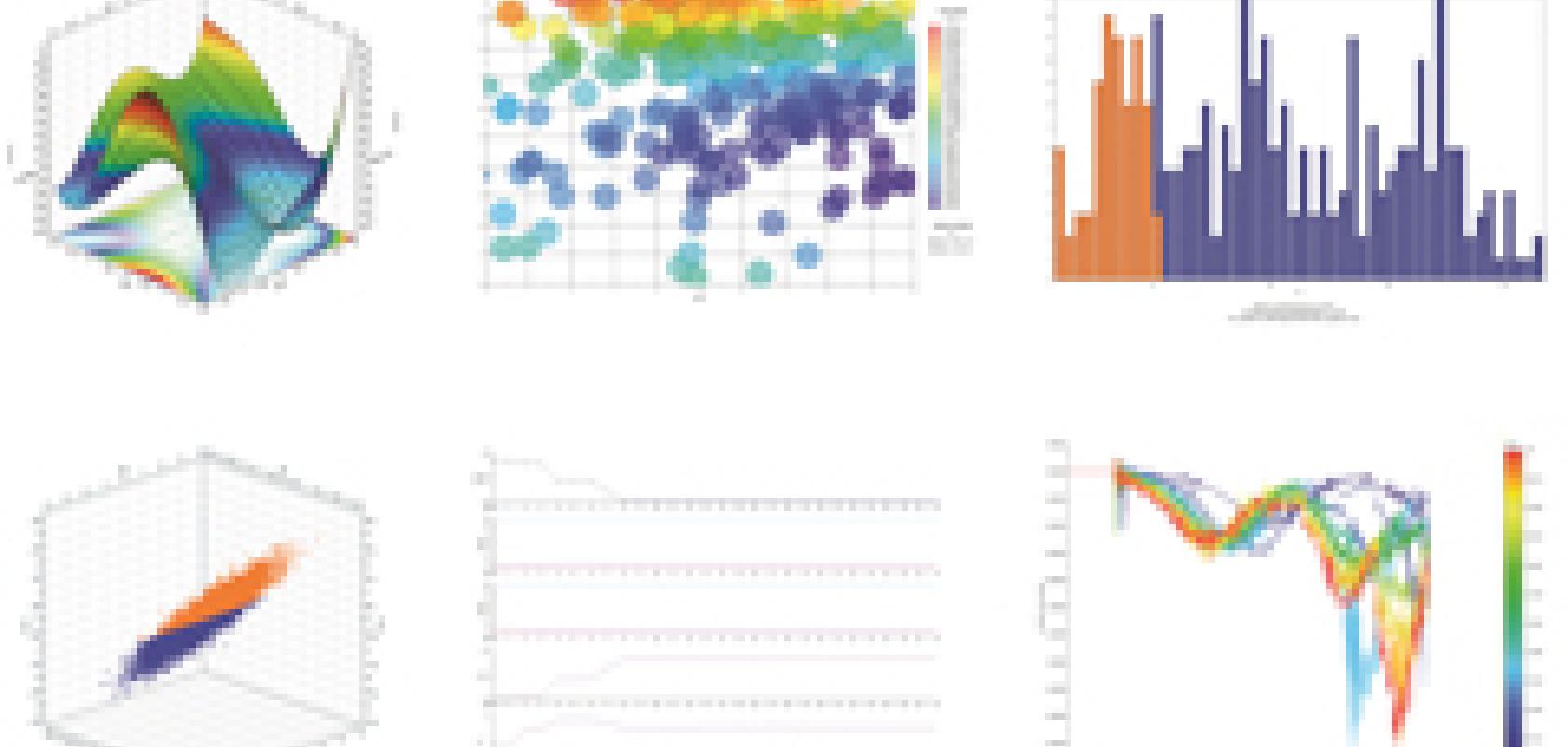Noesis Solutions provides simulation solutions for a range of engineering-intensive industries, from aerospace to consumer goods, and defence to healthcare.
Its flagship software platform, Optimus, allows users to adopt an ‘engineer by objective’ (EBO) strategy. The platform directs simulation-based engineering processes so that engineering teams can work their way back from product performance targets to the relevant design parameters, instead of relying on traditional ‘trial-and-error’ engineering simulation approaches. It achieves this by connecting disparate commercial, legacy and in-house engineering simulation tools and data models to deliver a vendor-neutral platform for multidisciplinary engineering optimisation.
By taking the guesswork out of the engineering process, the Optimus platform enables multidisciplinary engineering teams to stay focused on brand differentiators that create a competitive advantage. This also produces a faster process, when compared with conventional iterative processes. Naji El Masri, COO at Noesis Solutions, told Scientific Computing World: ‘The purpose is reducing engineering teams’ time and effort to gain more extended and in-depth insights into product performance.’
A key enabler of the EBO approach is the use of process integration and design optimisation (PIDO) technologies within the software platform. The platform’s capacity to integrate a wide range of engineering simulation tools into a multi-disciplinary simulation workflow brings this EBO strategy within reach of a wide community.
Optimus is transforming simulation-based engineering, but many challenges still face software platforms in the PIDO space. El Masri said: ‘The design space exploitation and optimisation technologies available in Optimus do require specific user knowledge and expertise. Our existing Python customisation capabilities have taught us it is important for our customers that we continue to invest in tools that facilitate the deployment of Optimus for a broad user community.’
El Masri added: ‘This means we will continue to develop Optimus as a so-called central solution that our customers use to interface easily and automatically with any CAD tool, physics simulation software and data management solution – to fit any combination of those tools and platforms.’ Example tools and platforms include Ansys Workbench, Adams, MapleSim, NX CAD, NX CAE, STAR-CCM+, Matlab and Teamcenter. Optimus’ wide range of interfaces frees engineers from non-value adding tasks, such as manual model changes and data processing, during simulations. The time savings allow design engineers to focus on value-adding tasks using Optimus’ post-processing toolset – gaining deeper engineering insights from the simulation results.
Working closely with customers
Noesis Solutions’ emphasis is on ‘empowering the experience’ for its users by enabling them to understand fully the design space potential and make well-founded engineering decisions. El Masri told Scientific Computing World: ‘Our objective is not to extend Optimus with as many features and methods as possible, but rather focus on the implementation of process integration and design optimisation capabilities that successfully resolve manufacturers’ product development challenges.’
El Masri added: ‘Regular interaction with our customers enables us to correctly capture their needs and expectations, and also to validate the performance of our solutions in their specific industrial context.’
This close collaboration between consumer and corporation allows Noesis Solutions to develop the processes and methods that robustly handle the simulation models and performance data sets its users want to work with.
The collaborative approach taken by Noesis Solutions has led to the firm being challenged by its customers. While installations with more than 30 seats at major aerospace and automotive manufacturers illustrate successful Optimus deployments on an industrial scale, this does not come for free. Platform stability is key in such major deployments, as is the flexibility to scale the solution to accommodate the number of users from geographically distributed engineering teams, according to Noesis Solutions. Its multidisciplinary approach, though, has brought disparate teams together and changed the way such teams work.
Noesis Solutions sees a number of common requirements emerging from its engineering customer base. These include: optimising in the real world; consolidating data into knowledge; and, doing it fast and smart.
Optimise in the real world
Tackling real-world optimisation challenges requires engineering teams to execute the optimisation process ever faster, yet in a highly interactive manner. This process typically involves balancing multiple, conflicting design objectives, as well as constraints arising from market and manufacturing driven requirements.
For example, car design is never just about lowering the weight of a vehicle; rather, the challenge is linked to a range of performance attributes such as safety, economy, and comfort, which should be balanced to deliver brand values, while not increasing weight – and yes, preferably still reducing it. That’s why customers in the automotive industry are increasingly looking toward solutions that enable them to follow up and influence the balancing strategy, and manage constraints transparently throughout the entire process.
An interactive dashboard that monitors the status of individual objectives and constraints is what users need in the first place, according to Noesis Solutions. Such a dashboard would help them to develop a clear view on the design space potential, while informing them on the robustness of individual design solutions at the same time. Providing users with a holistic view on the design space, it enables them make informed decisions during the entire process and get it right first time.
Consolidate engineering data into corporate knowledge
Engineering teams can be overwhelmed by the massive amounts of data generated through simulation and physical testing. As a result, they spend a lot of time and effort on retaining the information that matters most – and, because of time constraints, even leave a large amount of data untouched. Manufacturers are therefore eager for solutions with intuitive data-mining capabilities to exploit the potential that is hidden in their existing engineering data sets, so as to acquire even more engineering insights.
Highly interactive displays of data and results would make it easy for them to interpret all the available information, to evaluate results through different stages of the development process, and to learn the lessons on which to base critical engineering decisions, according to Noesis Solutions.
Do it fast and smart – the next challenge is always already there
Manufacturers are constantly looking for further time gains to help them improve the efficiency of any engineering project. Speed being an obvious must, Optimus’ simulation process automation eliminates non-value adding time, and makes better use of simulation software resource to maximise ROI on both hardware and software investments.
Faster optimisation algorithms are important as well, although Noesis Solutions sees increasing potential in using machine learning concepts. This enables the optimisation process to learn from the results it is generating, and to make smarter use of the simulation resources available.
Whatever the future holds and the customers may demand, Noesis Solutions is confident it will continue to listen and evolve in engineering simulation. El Masri said: ‘Regular interaction enables our team of experienced application engineers to understand customer needs, to respond to their questions and discuss feature requests.
‘With some of our larger customers, we even have regular meetings, during which we share information about our strategy and new product functionalities, while they discuss their priorities with respect to Optimus.’
He added: ‘This information is important for us to better direct request selection, product specification, development and quality control of new Optimus revisions.’


